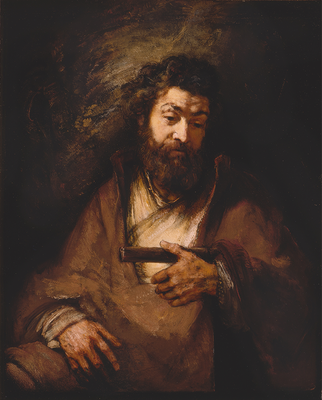

Collection online
Stop in front of a work of art for as long as you like, find out more about its history and download it - on a virtual tour of over 3,000 paintings, sculptures, installations and graphic works from the Kunsthaus, online thanks to the kind support of the Federal Office of Culture (FOC).
The Collection
Visit the complete collection (including audio guide)












